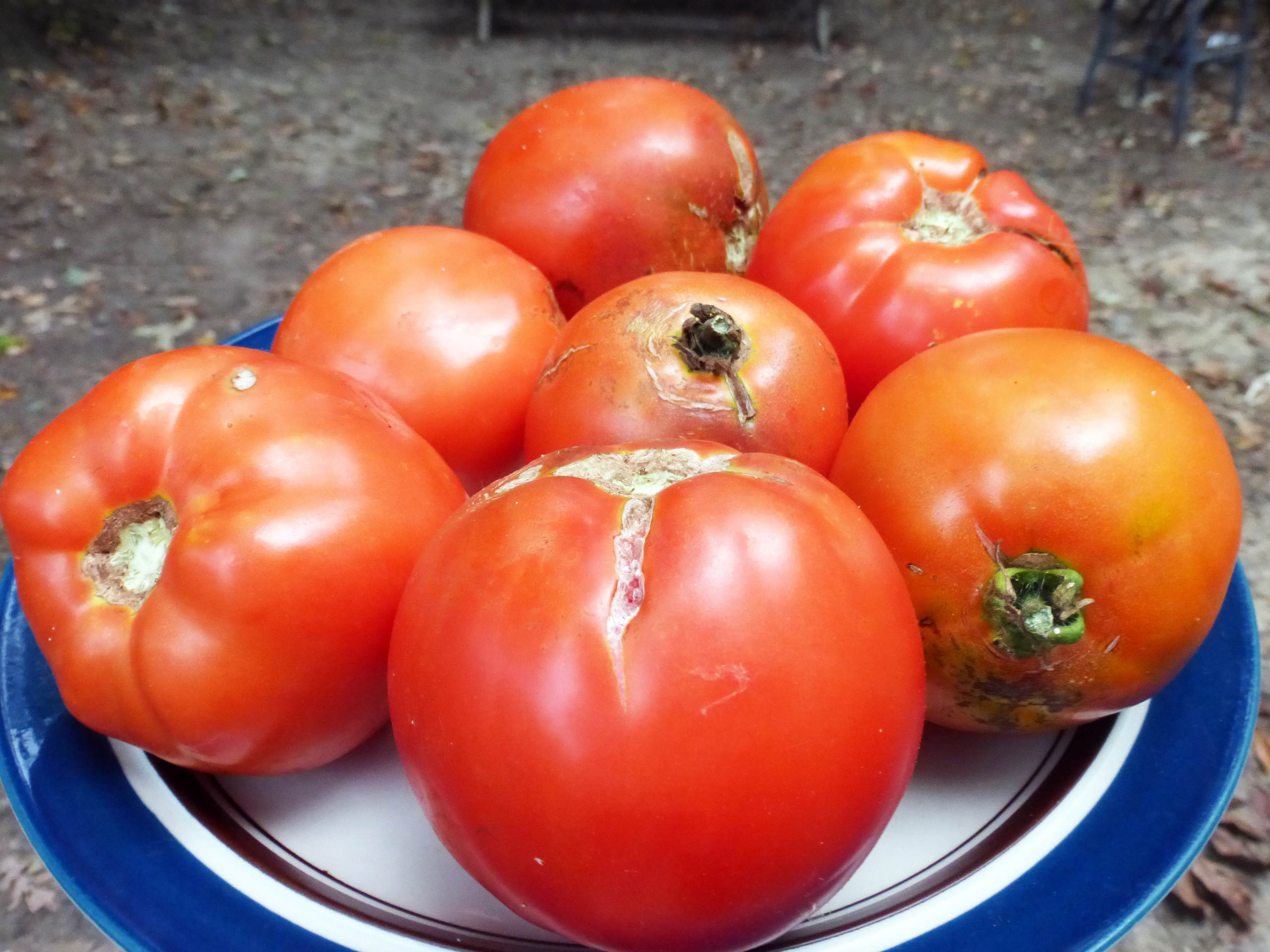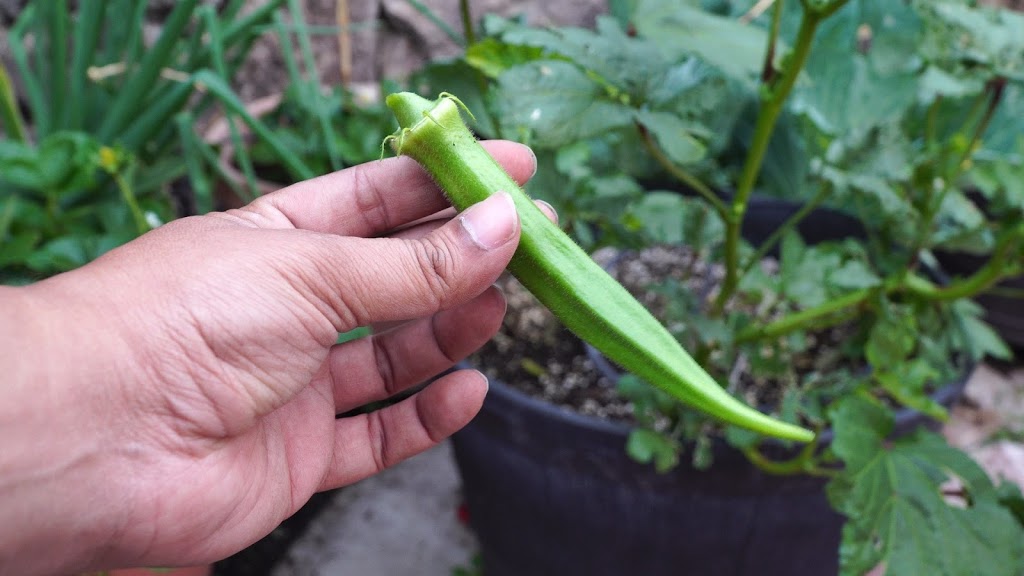

You can side dress the plants with compost every four weeks. Okra isn’t a heavy feeder, but it does benefit from compost. When your okra plant is around 4 inches tall, mulch around the plants to keep weeds at bay and conserve moisture. One essential trick for health okra plants is to mulch around them. Keep out a rain gauge to determine if watering is necessary. Otherwise, plants need one inch of water per week, but they might need a bit more if you live in a hot, arid region. If you have a dry spell during the summer, make sure to water. Okra adapts well to hot weather and doesn’t require a ton of water. Let’s look at the watering and fertilizing needs.
#Growing okra how to#
Now that you have your okra plants in the ground, you have to learn how to take care of your plants. It’s important to remember that ora doesn’t transplant well, so you need to plant the seeds directly in the container or a biodegradable pot. You should pick a dwarf okra variety or one that won’t grow above 5 feet tall. The ideal choice is a 5-gallon pot that is 10-12 inches deep. Pick a pot that is at least 3 gallons in size. If you don’t have gardening space, growing okra in containers is a good solution. Always look for the stronger plants when thinning. Once the seeds sprout, thin the seedlings to 18-24 inches apart.

Make sure to space each seed at least 3 inches apart, and the rows should be 3 feet apart. Sow the okra seeds ½ inch deep in light soil and 1 inch deep in heavy soil. Another choice is to nick each seed coat with a file. Before you plant them in the ground, soak the seeds overnight in water. The temperatures need to be at least 70℉. When you plant okra into the ground, make sure that the soil has warmed up. When you remove the plants from the pots, be careful because they have fragile taproots. If both sprout, clip off the weaker or smaller seedling. If you’re starting seeds in pots, sow two seeds in each container. Pods appear within two months, so don’t worry too much! Planting Okra Seeds To reach these temperatures, northern gardeners might need to wait until late June to plant. During the day, okra prefers the temperatures to be in the 80s. The plants like it when the nights are at least in the 60s. They should be put outside 3-4 weeks after the last frost date. If you live in colder areas with a short growing season, start the seedlings indoors six weeks before you plan to set them outside. You can grow it 3-4 weeks before the last spring frost date, as long as you cover the plants with a cold frame or a grow tunnel until the temperatures are warm enough. If you live in the South, plant okra in the early spring and then plant a second crop in June. Layering in compost not only improves the nutrient composition but also the texture of your soil. Make sure you thoroughly mix it all into the soil before planting everything. To achieve the right soil for your plants, spread generous amounts of compost or other rich organic matter. The ground should be on the acidic side with a pH level between 5.8-7.0.

Okra does best in well-draining soil that’s rich in organic matter. Ideally, plant it where a nitrogen-fixing crop grew previously, such as peas. Okra grows in regular garden soil, but it does best in fertile loam.

Pick the sunniest spot you can for growing okra.
#Growing okra full#
Okra requires full sun, so when you select a location for growing this crop, make sure that it receives 6-8 hours of sunlight. The plants in the mallow family, including okra, grow in zones 3-9. Let’s get ready to grow okra! Growing Zones This plant bears fruit abundantly and matures in 65 days. If you want a variety that is good for big areas, this one is known for its vigorous growth. It’s an excellent choice if you have a short growing season in colder climates because it matures in 50-55 days. Here is a variety that grows spineless, dark-green pods, and the plant reaches heights of 4 feet tall. It’s an heirloom variety that is ready to harvest in 55-60 days. This plant reaches a height of 4 feet and spreads up to 4 feet in diameter. Many gardeners love the Clemson spineless variety, which does well in most of the southern states, as well as the lower midwestern states. The plants reach heights of 4 feet tall on average. This variety takes 52 days to reach maturity and features spineless pods. Pod size and color might be relevant to you, as well as the texture of the okra. Make sure you pick a variety of okra that is suited not only to your climate but also to your tastes and plans. You can find many varieties of okra, but there are a few that are more popular than others.


 0 kommentar(er)
0 kommentar(er)
